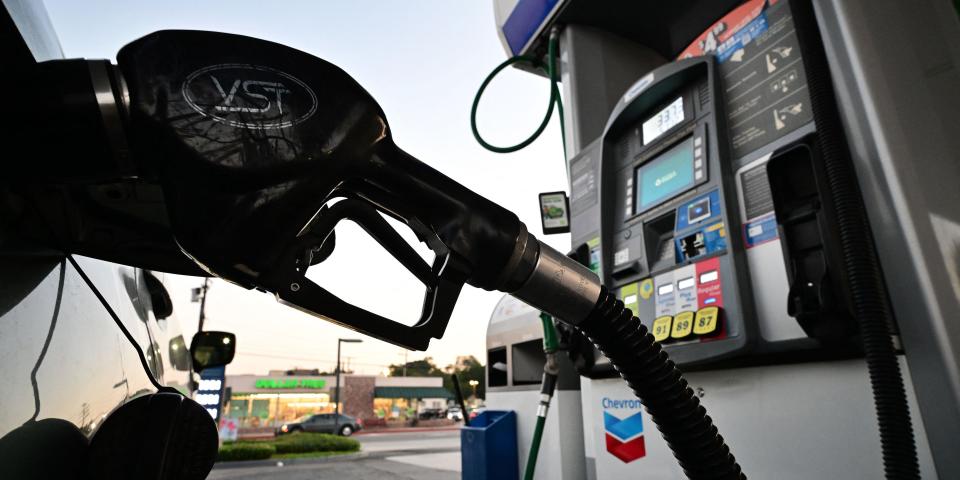Oil prices at $100 a barrel look too high for global demand to sustain

Oil's price surge last month has pushed down consumer demand, the International Energy Agency said.
As Brent crude oil prices neared $100 a barrel, gasoline deliveries fell to two-decade lows.
The IEA said that pointed to evidence of demand destruction.
Crude oil's rise toward $100 a barrel last month cracked global demand, the International Energy Agency said in a new report.
After OPEC's production cuts sent Brent crude above $97 a barrel at September's end, data indicated that may have been too high.
"By early October, Brent futures tumbled by more than $12/bbl to $84/bbl as supply fears gave way to deteriorating macroeconomic indicators and signs of demand destruction in the United States, where gasoline deliveries plunged to two-decade lows," the IEA wrote. "Demand destruction has hit emerging markets even harder, as currency effects and the removal of subsidies have amplified the rise in fuel prices."
On Thursday, Brent crude edged up 0.3% to $86.10 a barrel, while West Texas Intermediate dipped 0.2% to $83.32.
The IEA is not the first to observe demand destruction due to current market conditions. JPMorgan shared a similar finding, given winding down travel and expectations seasonal inventory buildup.
Oil is expected to remain in a deficit through the fourth quarter, with crude inventories falling, according to the IEA. But if these cuts are undone in January, a surplus could eventually emerge.
Though the IEA has not seen any direct risks emerge to oil supply from the sudden Hamas-Israeli conflict, the crisis has put crude markets on "tenterhooks," IEA added.
"The Middle East conflict is fraught with uncertainty and events are fast developing. Against a backdrop of tightly balanced oil markets anticipated by the IEA for some time, the international community will remain laser focused on risks to the region's oil flows," it wrote.
Looking into the next year, supply growth is expected to be led by non-OPEC producers, estimated to add 1.7 million barrels a day in 2024. Meanwhile, demand growth will keep slowing, falling to under 1 million barrels a day as pandemic spending revenue declines and the rise of electric vehicles takes away consumers.
Read the original article on Business Insider
